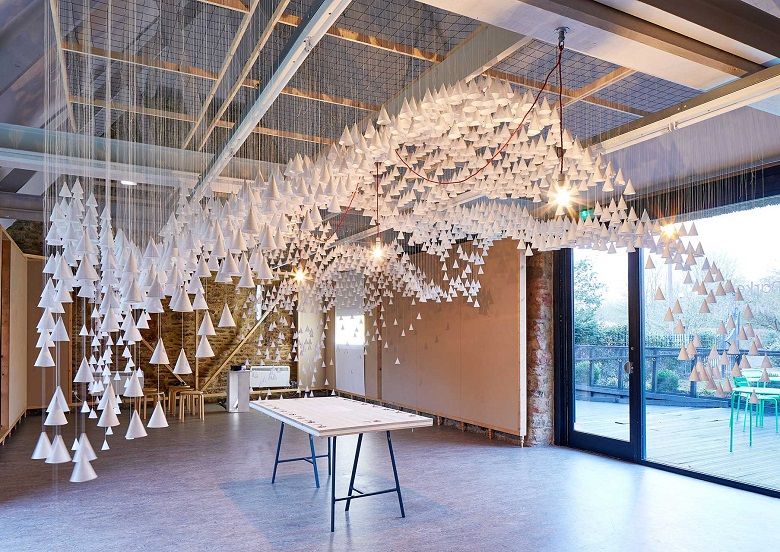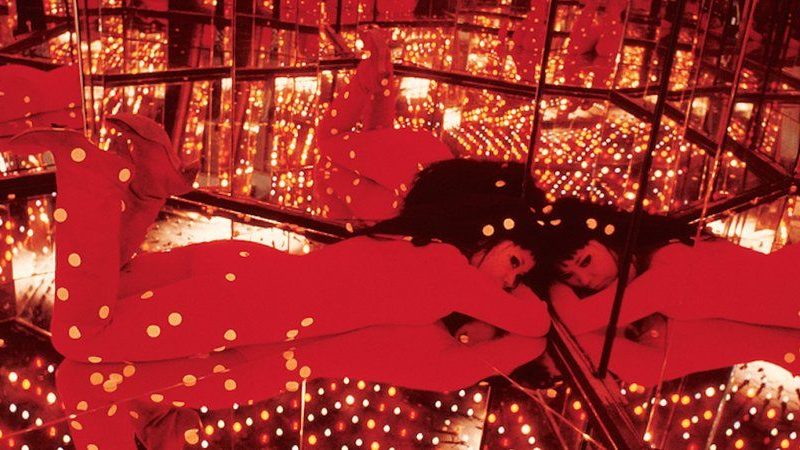Installation art is a unique form of artistic expression that involves creating an immersive environment for viewers to experience. Unlike traditional forms of art, such as painting or sculpture, installation art engages all of the viewer’s senses, creating a powerful emotional response. In this article, we will explore how installation art can evoke emotions and create memorable experiences for its audience.
Engaging the Senses
One of the key elements of installation art is its ability to engage multiple senses simultaneously. By incorporating elements such as sound, light, texture, and scent, installation artists create a fully immersive experience that transports viewers to another world. This multisensory approach not only captures the attention of the audience but also triggers emotional responses that can be profound and long-lasting.
Creating a Narrative
Installation art often tells a story or conveys a message through its design and composition. By carefully crafting the environment in which the artwork is displayed, artists can guide the viewer through a narrative journey that evokes a range of emotions. Whether it’s a reflection on social issues, a celebration of nature, or an exploration of personal identity, installation art can provoke deep emotional responses by inviting viewers to engage with the artwork on a personal level.
Exploring Spatial Relationships
Another unique aspect of installation art is its ability to transform physical spaces and challenge traditional notions of how art should be displayed. By playing with scale, perspective, and dimension, installation artists create environments that invite viewers to reconsider their relationship to the space around them. This manipulation of spatial relationships can evoke a sense of wonder, awe, or even disorientation, leading to a heightened emotional experience for the audience.
Eliciting Empathy and Connection
Many installation artists seek to create work that fosters empathy and encourages viewers to connect with one another on a deeper level. By confronting difficult topics or exploring universal themes, installation art can evoke feelings of compassion, understanding, and solidarity among its audience. Through shared emotional experiences, viewers are able to forge connections with one another and with the artwork itself, leading to a sense of community and belonging.
Provoking Reflection and Contemplation
Installation art has the power to provoke introspection and contemplation in its viewers. By presenting abstract or enigmatic concepts in a tangible form, artists challenge viewers to think deeply about the meaning and significance of the artwork. This process of reflection can lead to a range of emotional responses, from awe and inspiration to sadness and contemplation, as viewers grapple with the complexities of the human experience.
Conclusion
Installation art is a dynamic and immersive form of artistic expression that has the power to create deep emotional experiences for its audience. By engaging the senses, telling compelling narratives, exploring spatial relationships, eliciting empathy and connection, and provoking reflection and contemplation, installation artists are able to evoke a wide range of emotions in viewers. Whether it’s through a thought-provoking social commentary, a breathtaking visual spectacle, or a meditative sensory experience, installation art has the ability to touch hearts, stimulate minds, and create lasting memories for those who experience it.
Experience the emotional power of installation art for yourself and immerse yourself in a world of creativity, inspiration, and profound beauty.


